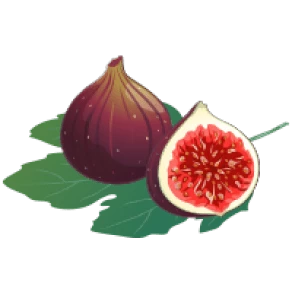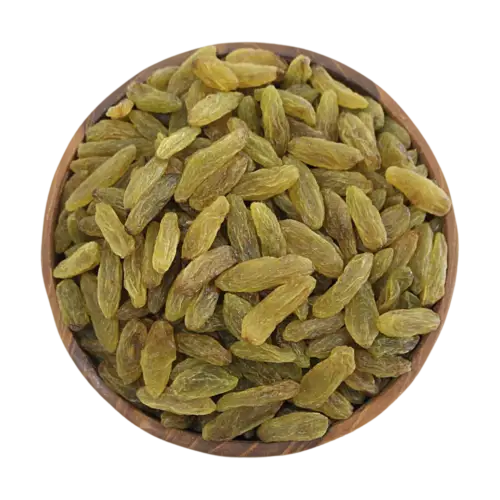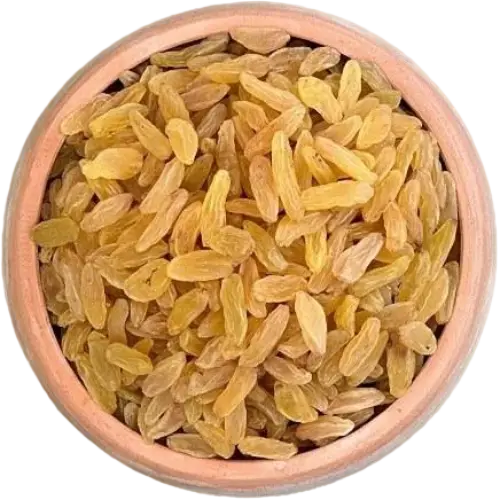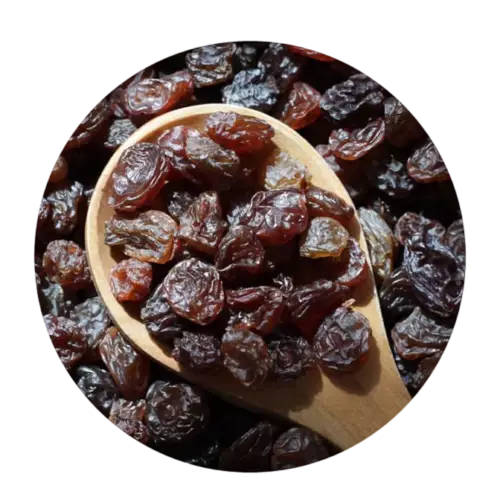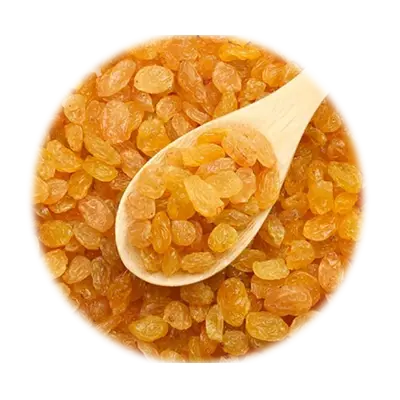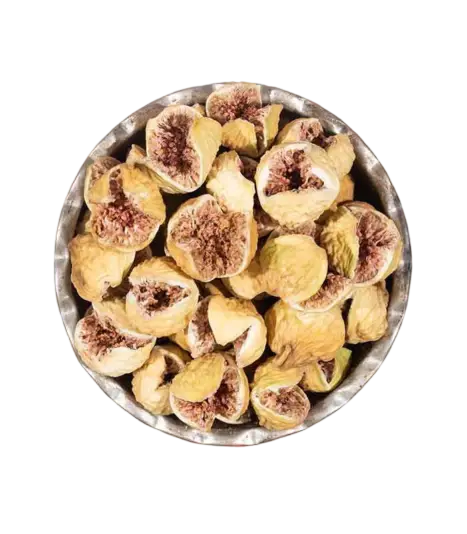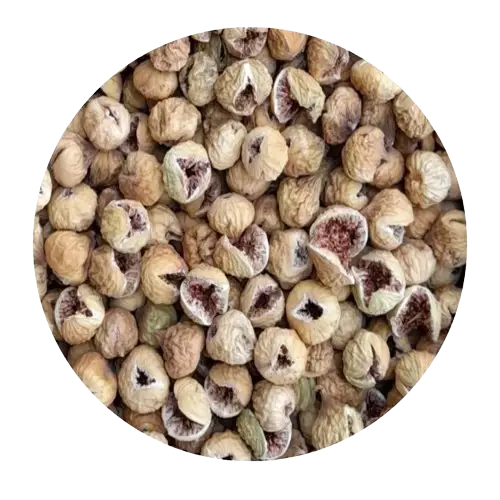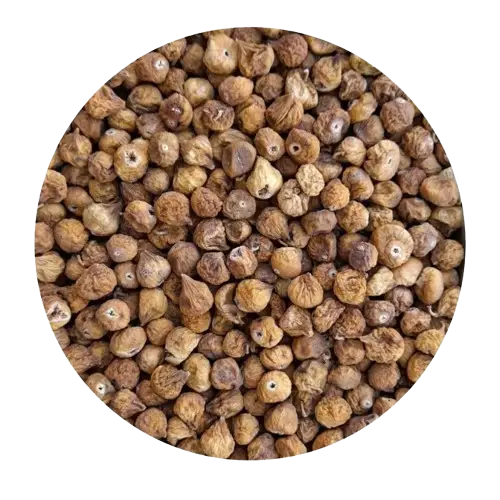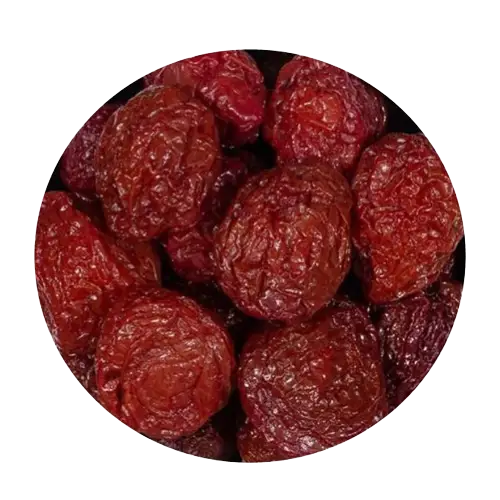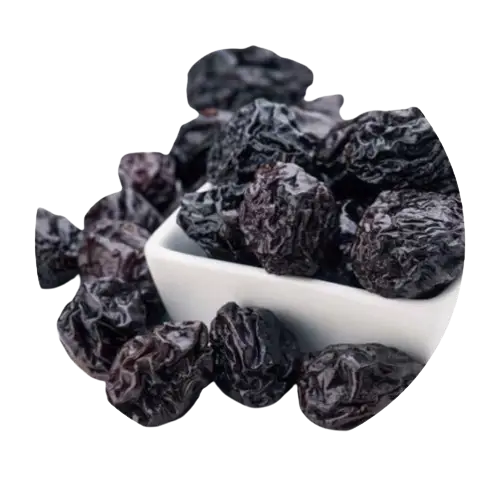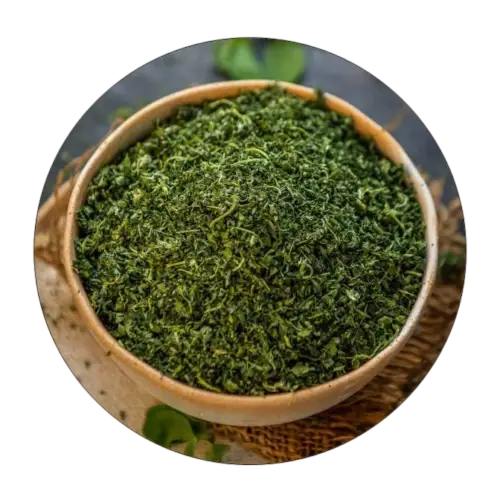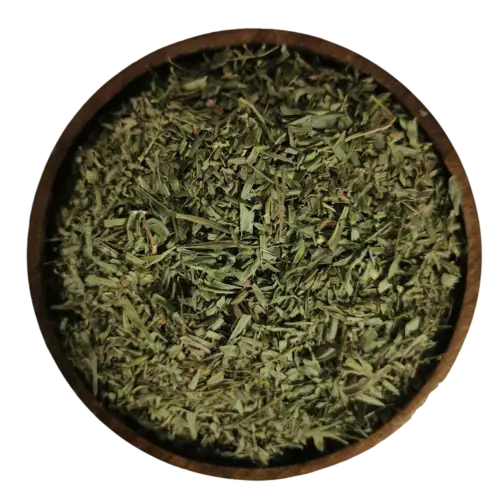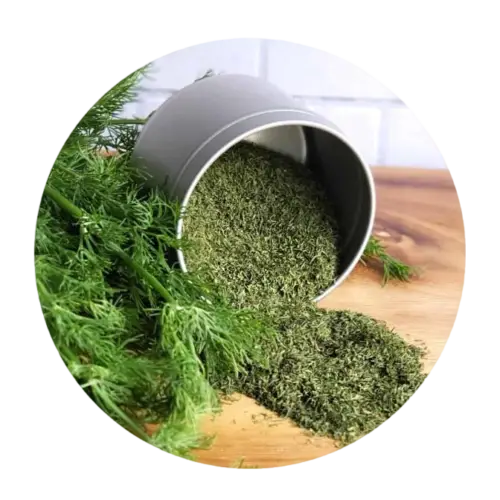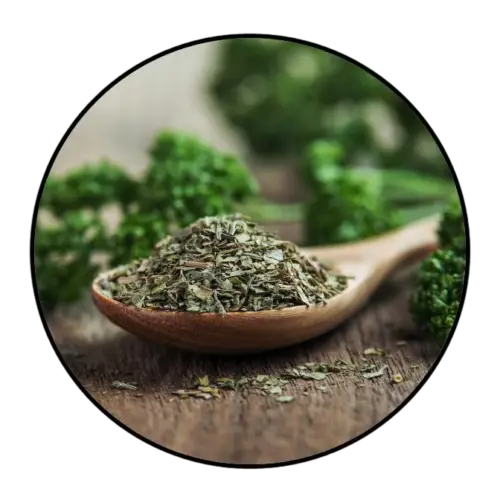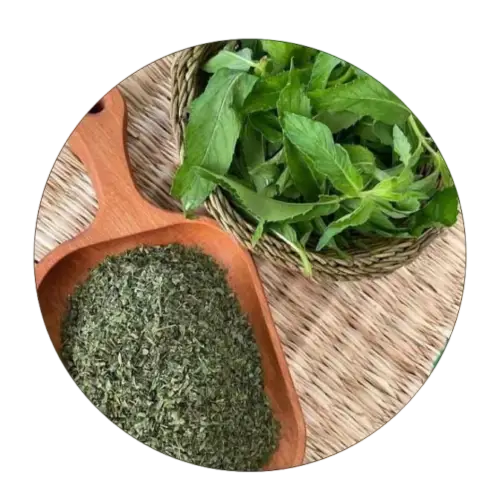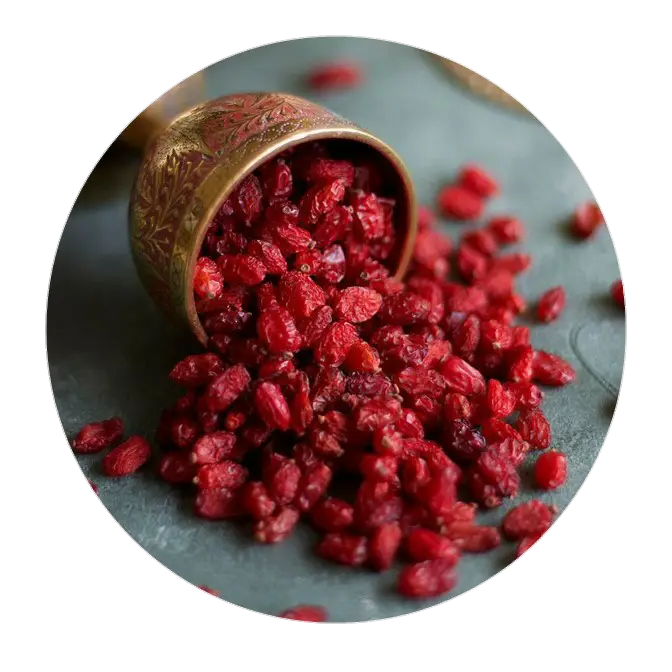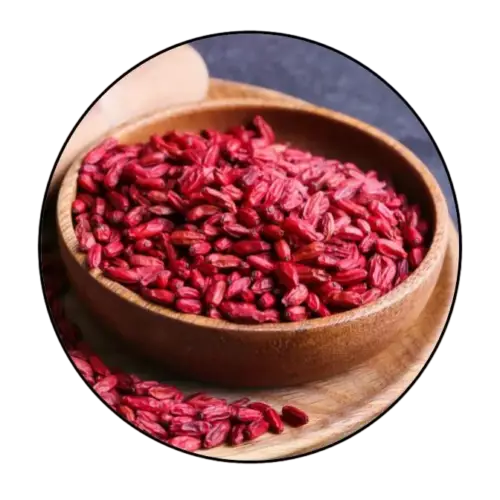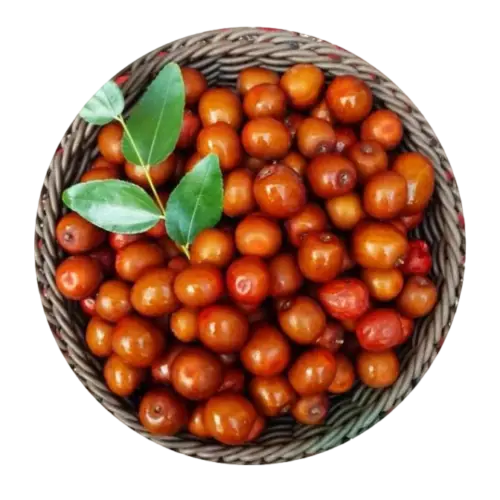Dried Dill
Dill with the scientific name Anethum graveolens is an annual plant from the Apiaceae family. The height of this plant reaches one meter and its root is conical and white. Dried Dill refers to thin, thread-shaped leaves and young petioles of whole dill, chopped or ground dill, which have been dried by mechanized devices or by traditional methods.
Product Technical Specifications:
Dried Dill Technical Specifications | |||
No. | Characteristics | Unit | Measurement Limit |
1 | Taste and Smell | - | Natural |
2 | Impurity | - | Negative |
3 | The Effect of Mold | - | Negative |
4 | Insect Damage | - | Negative |
5 | Foreign Material | - | Negative |
6 | Pest Infestation | - | Negative |
7 | Total Ash | Weight percentage | Max 7 |
10 | Acid-Insoluble Ash | Weight percentage | Max 0.5 |
| Volatile Oils | Mg/100gr | Min 0.1 |
11 | Moisture | Weight percentage | Max 7 |
13 | Color | - | Natural |
Microbiology:
Microbiology of Dried Dill | ||
No. | Characteristics | Measurement Limit (CFU/g) |
1 | Total count of microorganisms | 105 |
2 | Coliforms | 103 |
3 | Mold | 103 |
4 | Bacillus cereus | 102 |
5 | Escherichia coli | Negative |
6 | Enterococcus | Negative |
7 | Parasite | Negative |

Storage Conditions: Dried Dill should be stored in a dry and cool place. The suitable storage temperature for storing Dried Dill is between 0 and 10 degrees Celsius. If stored in proper conditions, it can be stored for 12 months.
Certifications:
- Iran National Standards Organization
- Iran Plant Protection Organization
- Standard of Good Agricultural Practices
- Organic Agricultural Products Certification
- physical, chemical and microbial analyzes from the most reliable laboratories
- HACCP
- ISO
- FSSC
- IFS
- SGS
- BRC
